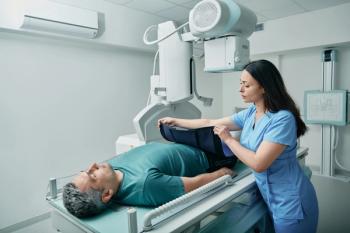
A recent review article explored how vibrational spectroscopy techniques have been used in radiation biology.
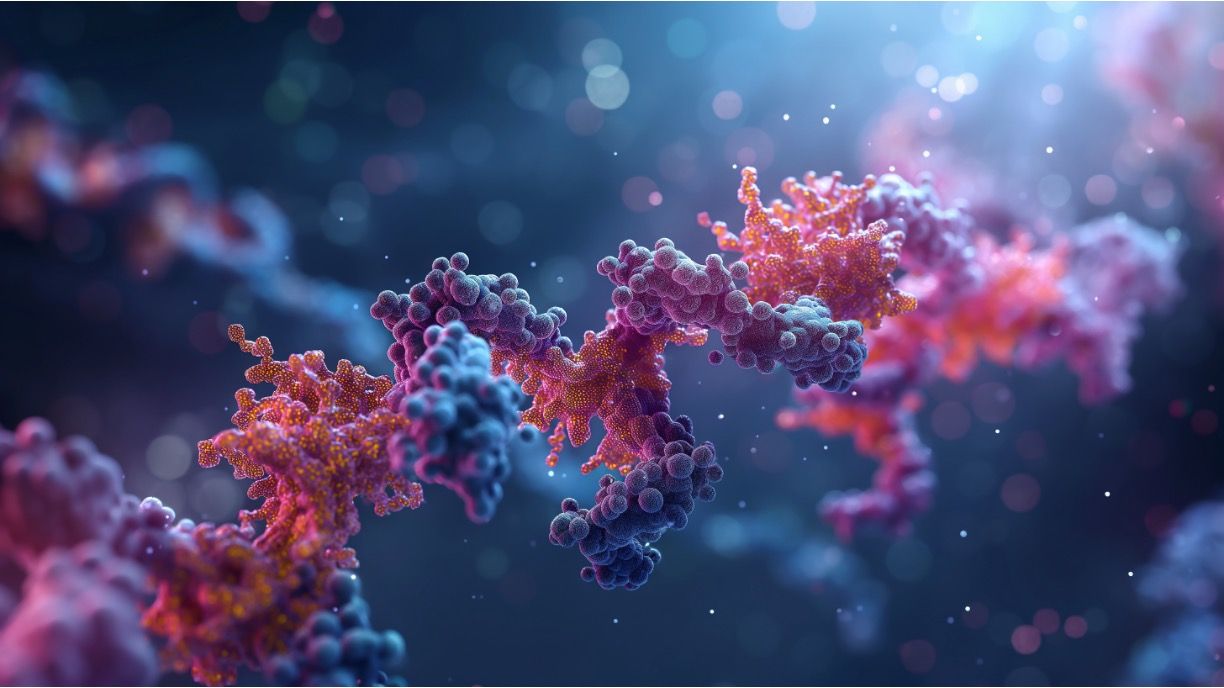

A recent review article explored how vibrational spectroscopy techniques have been used in radiation biology.

The following is a summary of selected articles published recently in Spectroscopy on the subject of handheld, portable, and wearable spectrometers representing a variety of analytical techniques and applications. Here we take a closer look at the ever shrinking world of spectroscopy devices and how they are used. As spectrometers progress from bulky lab instruments to compact, portable, and even wearable devices, the future of spectroscopy is transforming dramatically. These advancements enable real-time, on-site analysis across diverse industries, from healthcare to environmental monitoring. This summary article explores cutting-edge developments in miniaturized spectrometers and their expanding range of practical applications.

Over the past two years Spectroscopy Magazine has increased our coverage of artificial intelligence (AI), deep learning (DL), and machine learning (ML) and the mathematical approaches relevant to the AI topic. In this article we summarize AI coverage and provide the reference links for a series of selected articles specifically examining these subjects. The resources highlighted in this overview article include those from the Analytically Speaking podcasts, the Chemometrics in Spectroscopy column, and various feature articles and news stories published in Spectroscopy. Here, we provide active links to each of the full articles or podcasts resident on the Spectroscopy website.

Top articles published this week include highlights from the Eastern Analytical Symposium, a news article about the infrared (IR) spectroscopy market, and a couple of news articles recapping spectroscopic analysis of microplastics.
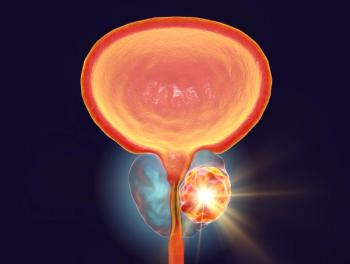
A recent study demonstrates the potential of infrared (IR) spectroscopy-based breath analysis as a non-invasive method to detect prostate cancer by identifying disease-specific volatile organic compounds.

This study uses Fourier transform infrared (FT-IR) spectroscopy to analyze how the globular protein ovalbumin's secondary structures transition under varying pH conditions in the presence of the cosolvent xylitol, highlighting the role of noncovalent interactions in these conformational changes.

Microplastics (MPs) and nanoplastics (NPs) are emerging contaminants requiring robust analytical techniques for identification and quantification in diverse environmental and biological matrices. This review highlights various spectroscopy methods, such as Raman, FT-IR, NIR, ICP-MS, Fluorescence, X-ray, and NMR detailing their methodologies, sample handling, and applications for characterizing MPs and NPs.
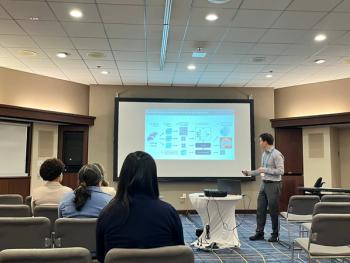
A Monday morning session at the Eastern Analytical Symposium in Plainsboro, New Jersey, highlighted hyperspectral and biological imaging techniques.

This article recaps a recent study into the infrared (IR) spectroscopy market.

A study published in the Journal of Analytical and Applied Pyrolysis by Yuanwen Kuang and colleagues used advanced pyrolysis techniques to reveal the preservation and chemical transformations of 2,000-year-old Chinese swamp cypress wood, offering valuable insights for archaeological conservation and environmental reconstructions.

A new review highlights the promising role of non-destructive spectroscopy techniques in enhancing olive and extra virgin olive oil (EVOO) quality assessments. By combining spectroscopy with imaging, researchers uncover innovative ways to determine product authenticity and improve quality control in olive oil production.
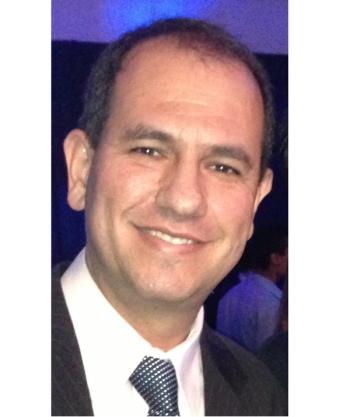
Spectroscopy sat down with Landulfo Silveira Jr. of Universidade Anhembi Morumbi-UAM and Center for Innovation, Technology and Education-CITÉ (São Paulo, Brazil) to talk about his team’s latest research using Raman spectroscopy to detect biomarkers of cancer in canine sera.

Recent research highlights the potential of infrared (IR) spectroscopy as a noninvasive diagnostic tool for cancer detection through blood derivatives. However, significant confounding factors pose challenges to its clinical adoption, necessitating rigorous standard operating procedures.
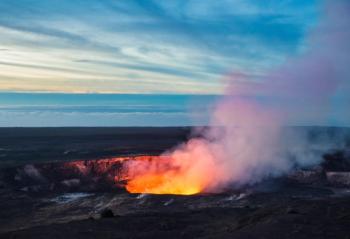
A recent study examined the role of infrared (IR) spectroscopy in volcanology.

Here, a recap of a recent study that used Fourier transform infrared (FT-IR) imaging to evaluate changes in the inulin, lignin, and suberin contents of tuberous roots is presented.

The emergence of new spectroscopic technologies has allowed investigators to solve and prosecute wildlife crimes more quickly.

This new study examines how spectroscopic techniques, such as attenuated total reflection Fourier transform infrared spectroscopy (ATR FT-IR), ultraviolet–visible–near-infrared (UV-Vis-NIR) spectroscopy, and Raman spectroscopy, were used to analyze the pigments in ancient Chinese wall paintings.

A recent study used spectroscopic techniques to study the mineral composition of sedimentary rocks in Texas.

Top articles published this week include a peer-reviewed article that discuss two multivariate calibration algorithms for the spectrophotometric analysis of a drug containing antazoline hydrochloride (AN) and naphazoline hydrochloride (NP), an article about chemometric calibrations, and a feature about the 2024 Emerging Leader in Molecular Spectroscopy awardee.

In the second installment of “The Big Review,” we discuss the physical mechanism behind how molecules absorb infrared (IR) radiation. Because light can be thought of as a wave or a particle, we have two equivalent pictures of IR absorbance. We also discuss the quantum mechanics behind IR absorbance, and how this leads to the different peak types observed in IR spectrum.
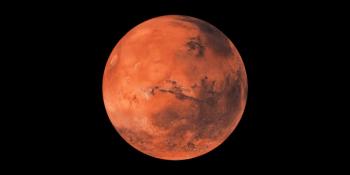
A recent study in Icarus examined how Mars’ ultraviolet radiation affects mineral composition on the planet’s surface.

Handheld instrumentation allows for on-site analysis without transporting samples to a laboratory, helping to reduce the cost and time of forensic investigations.

This year’s Emerging Leader in Molecular Spectroscopy Award recipient is Joseph P. Smith of Merck, whose research is significantly influencing pharmaceutical process development through his work in various spectroscopic techniques, biocatalysis, protein engineering, vaccine production, and advanced data analysis methods.
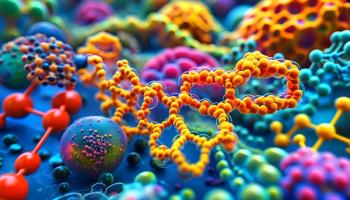
Researchers at Nagoya University and RIKEN have developed a novel computational method to enhance the resolution of high-speed atomic force microscopy (HS-AFM) images for studying protein conformational transitions. The algorithm, normal mode flexible fitting-atomic force microscopy (NMFF-AFM), leverages normal-mode analysis to derive precise molecular models, potentially transforming the understanding of biomolecular dynamics.

This study uses hyperspectral imaging (HSI) technology, in synergy with machine learning and deep learning algorithms, to innovate a non-destructive method for the assessment of chicken freshness.